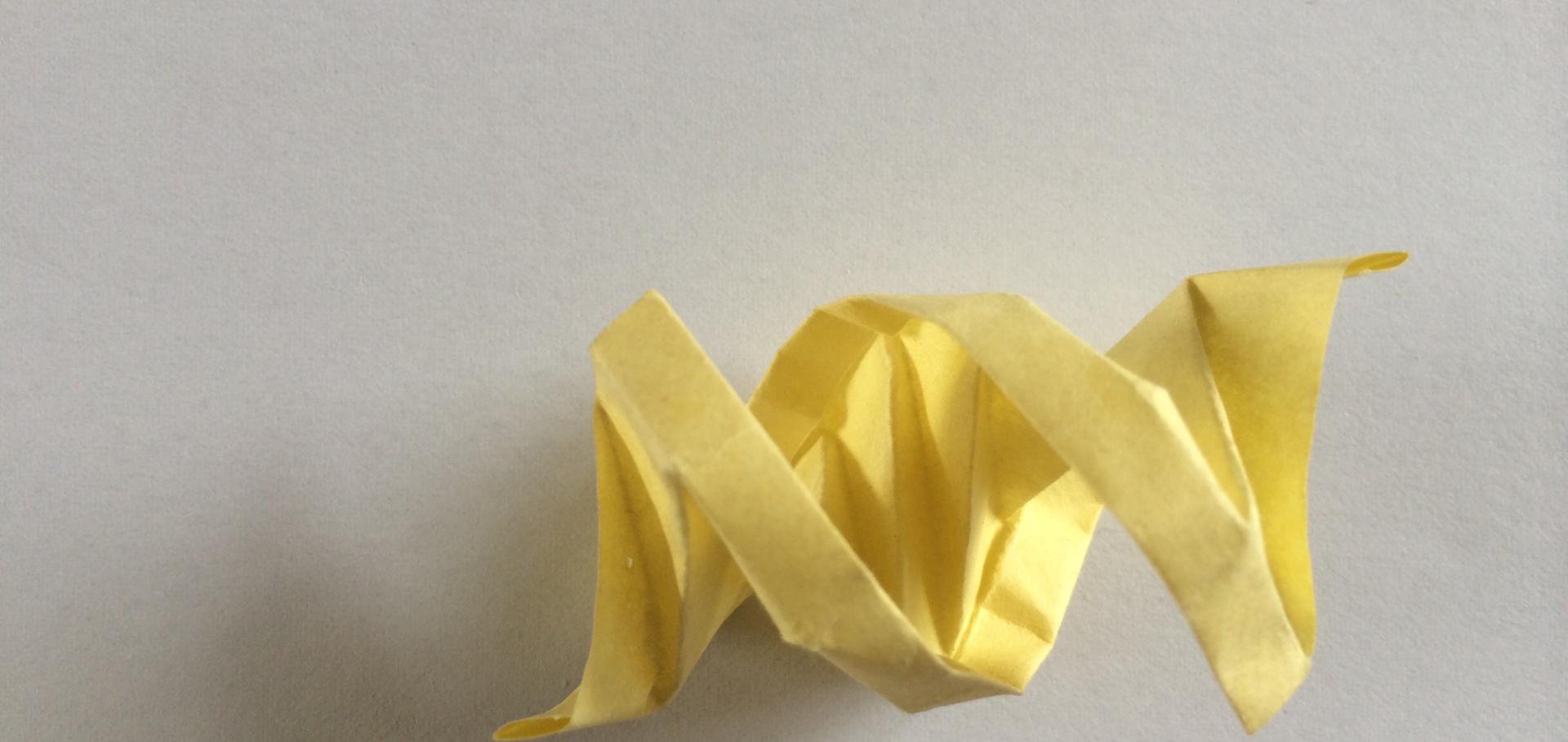DNA origami signposts for identifying proteins on cell membranes by electron cryotomography
Cell Cell Press 184:4 (2021) 1110-1121.e16
Abstract:
Electron cryotomography (cryoET), an electron cryomicroscopy (cryoEM) modality, has changed our understanding of biological function by revealing the native molecular details of membranes, viruses, and cells. However, identification of individual molecules within tomograms from cryoET is challenging because of sample crowding and low signal-to-noise ratios. Here, we present a tagging strategy for cryoET that precisely identifies individual protein complexes in tomograms without relying on metal clusters. Our method makes use of DNA origami to produce “molecular signposts” that target molecules of interest, here via fluorescent fusion proteins, providing a platform generally applicable to biological surfaces. We demonstrate the specificity of signpost origami tags (SPOTs) in vitro as well as their suitability for cryoET of membrane vesicles, enveloped viruses, and the exterior of intact mammalian cells.Reconfigurable T‐junction DNA origami
Angewandte Chemie International Edition Wiley (2020) anie.202006281
Reconfigurable T‐junction DNA origami
Angewandte Chemie Wiley (2020) ange.202006281
Characterising DNA T-motifs by Simulation and Experiment
(2020)
Design of hidden thermodynamic driving for non-equilibrium systems via mismatch elimination during DNA strand displacement
Nature Communications Springer Nature 11 (2020) 2562


